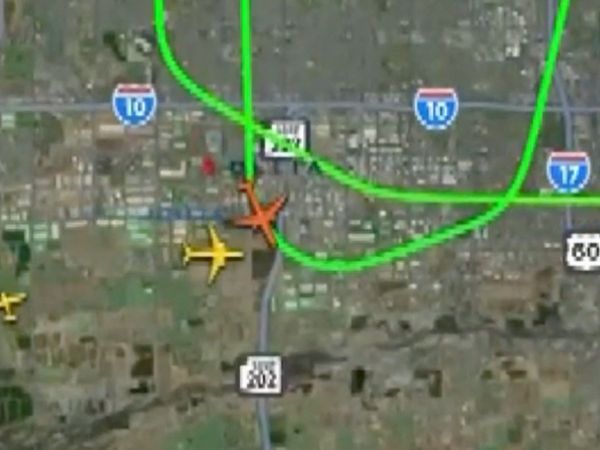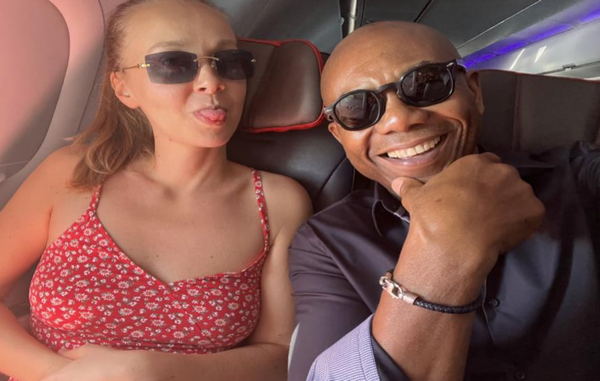
In the “new India” being manufactured, where men with swords dance menacingly in front of mosques during a religious festival, being a journalist has become increasingly hazardous.
Not for all journalists, of course. If you choose to stay in your offices or studios, or remain strictly within the boundaries of “acceptable journalism” set out by the owners of your media organisation or the current dispensation, there is no danger. You are safe. You might even prosper.
But if you, as a journalist, believe you are tasked to step out, record and report what is going on in this country, then you have to watch your back. Your press card – once considered adequate to give you access and keep you safe – does not add up to much in certain situations. In fact, it is that very press card that can make you a target. Your name, the marker of your identity, is on that card.
This is what seven journalists, who had set out to cover a Hindu Mahapanchayat in Delhi’s Burari on April 3, realised. The mob that attacked them selectively targeted the Muslims amongst them.
Given all else happening in the country right now – with daily reports of poor Muslim vendors being attacked in different states, and of the bulldozer replacing any notion of justice in Madhya Pradesh and Uttar Pradesh – this particular incident might be relegated to a footnote in history. But it should not be forgotten. And it should be recognised for what it represents – a serious denting of the already beleaguered state of a free and independent media in India.
This particular incident might be relegated to a footnote in history. But it should not be forgotten. And it should be recognised for what it represents.
To recount briefly, Meer Faisal from Hindustan Gazette, freelancer Mohammad Meherbaan,Arbab Ali reporting for Article14, Meghnad Bose from Quint, Shivangi Saxena and Rounak Bhat from Newslaundry, and a journalist who did not want to be identified, went to report on the Mahapanchayat. Instead of being allowed to do their jobs, the crowd at the meeting turned on them and assaulted some of them. For more details, read this, this and this. In this last report, Arbab Ali from Article14 says that despite the police finally intervening, “the mob started hitting us in front of them. They were saying that ‘don’t give these two to the policemen, just kill them. These are jihadis, they are mullahs’.”
Shivangi Saxena, the only woman journalist present, had also reported on a hate speech incident at Jantar Mantar last August that led to some arrests. In a series of tweets, she writes about how one of the Mahapanchayat organisers mentioned her name from the stage, while the prime accused in the Jantar Mantar incident recognised her and came up to her.
More worryingly, she states in this tweet:
One held me from the back, groped me, other held my hand and the fourth man was snatching my mobile. This was happening in front of police who was doing NOTHING. I was repeatedly pulled and stopped from recording. Police was standing just next to me.
— Shivangi Saxena (@shivangi441) April 3, 2022
As Saxena emphasises, the police did nothing to stop the attack and intervened only much later. While some of these journalists filed FIRs, the police have ironically also filed complaints, including one against Meer Faisal who shared his experiences on social media and in a report for Article14.
So, why should this worry us, not just journalists, but anyone who believes that integral to press freedom is the ability of journalists to step out and report without fearing for their lives?
It should be noted that the attack on April 3 was unprovoked. It was aimed at sending a message. Given the events of the last two weeks in Karnataka, Madhya Pradesh, Rajasthan and UP, it is evident that Muslim journalists are going to be as much of a target as the ordinary Muslims who have been attacked in these states by fanatical mobs. A press card will not be enough to spare them.
This is not the first time journalists have been attacked by right-wing mobs. Some might remember the way those covering the demolition of the Babri Masjid on December 6, 1992, including some women journalists, were attacked by the frenzied mob of kar sevaks.
This article in Mint, which reminds us of that day, states: “Reporters and cameramen with experience of covering riots say it was the first time that the media was at the receiving end of the right-wing frenzy. Upendra Pandey who was covering Ayodhya for Dainik Jagran newspaper, remembers that the photographer for Hindi daily Rashtriya Sahara was so badly hurt that he had to undergo multiple surgeries and was bedridden for eight months.”
Even at that time, Muslim journalists were especially afraid. Sajeda Momin was the UP correspondent for the Telegraph. In this report in Newslaundry, she recounts how she had to hide her Muslim identity by asking her colleagues to refer to her as Sujata Menon. To quote from the article:
“Momin says reporting on the demolition was tremendously difficult. In a bid to avoid documentation, journalists’ cameras were taken away. ‘Our cameras and reels were taken away. We were not allowed to take out our pens and papers to even take notes. They didn’t want any documentation. In fact, they searched through our bags.’”
Remember that this was a time when there were no 24x7 news channels or mobile phones. The principal coverage was by photographers and reporters working with the print media and journalists from two video magazines, Newstrack and Eyewitness. Mritunjay Kumar Jha, who was a reporter with Newstrack, told Mint: “In Ayodhya, I am confident that they wanted to be sure that no one had any photographic evidence.”
In 1992, although Muslim journalists like Momin were afraid, any journalist with a camera, or even a notebook was targeted. This time, it is evident that Muslim journalists are being specifically targeted.
Fortunately, the video footage by Newstrack was successfully hidden and saved from the mob. As a result, today it remains an important and vivid testimony of the frenzy and destruction that took place in Ayodhya on December 6, 1992 and those responsible for it.
In 1992, although Muslim journalists like Momin were afraid, any journalist with a camera, or even a notebook was targeted. This time, it is evident that Muslim journalists are being specifically targeted.
Despite April 3, it is commendable that journalists like Meer Faisal and others continue to document and report the atrocities taking place. Although some sections of mainstream media are also reporting these developments, it is not enough. One has to note that the Mahapanchayat of April 3, where these journalists were attacked, was not covered by any prominent news organisation.
If we need a record in future about the slippery slope of sectarian violence down which this country is rapidly sliding, it will be because of the determined reporting by these young reporters, despite the risks they face.
The greater worry is the state's silence and the abdication of its duty to protect journalists and allow them to function. There has been absolutely no word from anyone senior in government condemning what happened on April 3. Would journalists be wrong then to conclude that the message from the mob, to silence independent media, has the implicit support of the governing dispensation?
Newslaundry is a reader-supported, ad-free, independent news outlet based out of New Delhi. Support their journalism, here.







